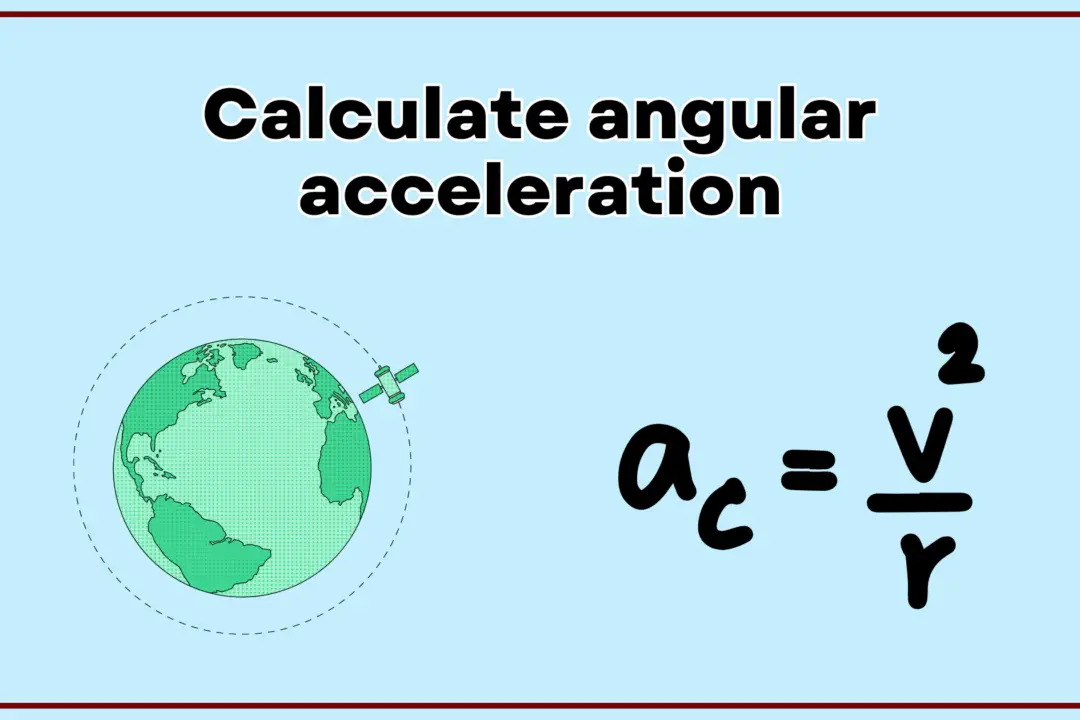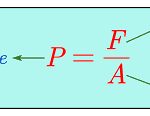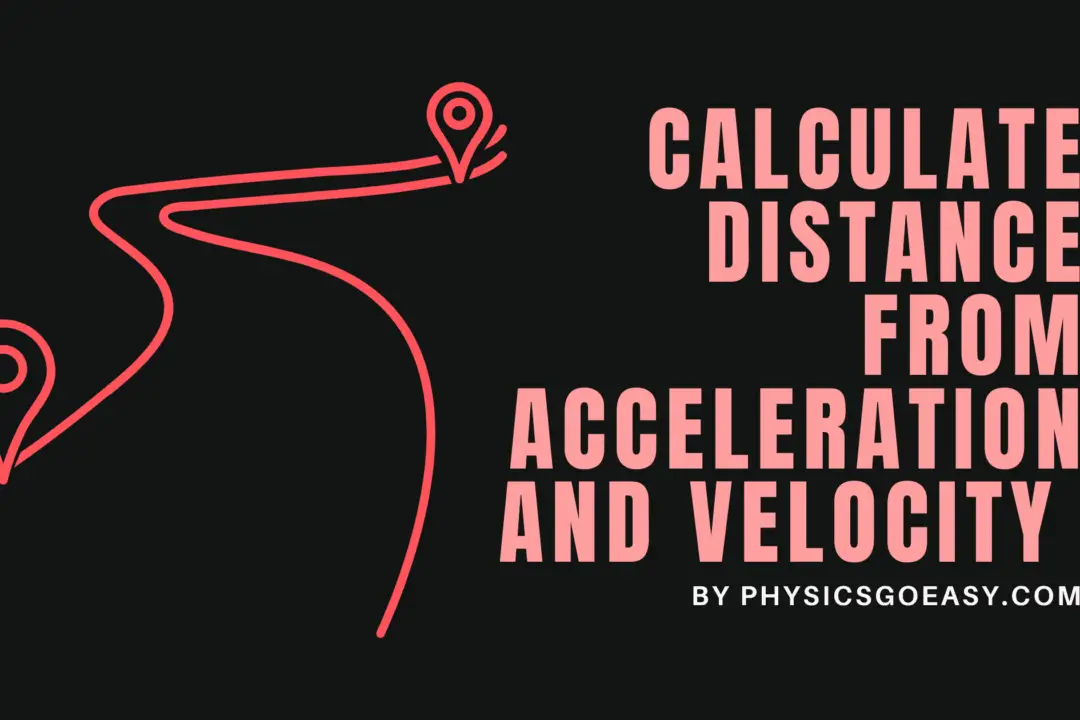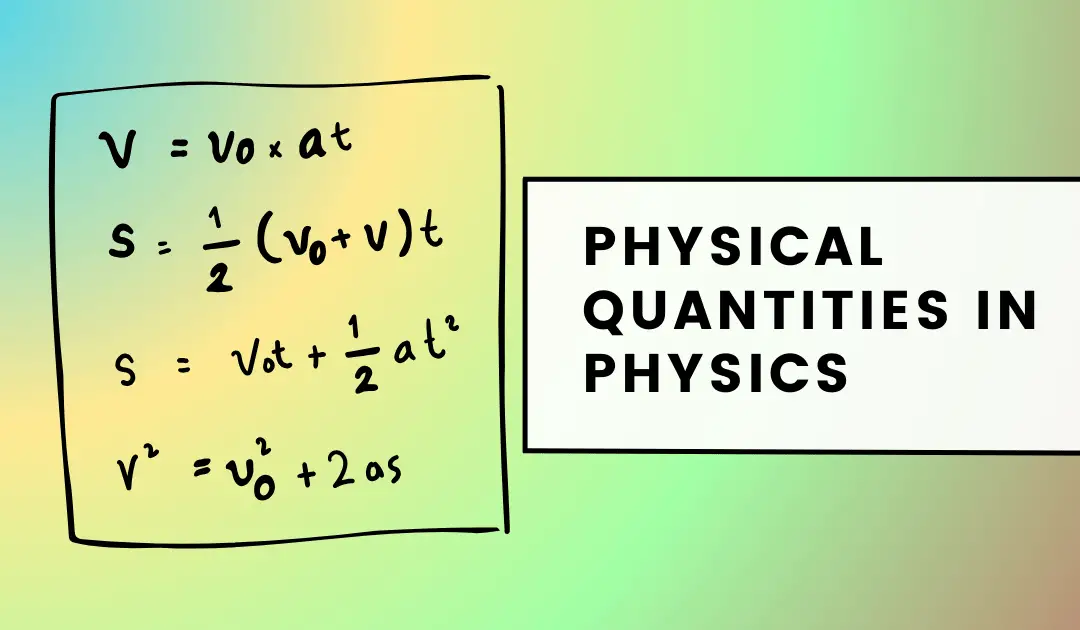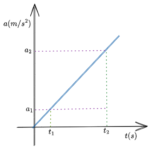If the dimensions of a physical quantity are given $M^{a}L^{b}T^{c}$, then the physical quantity will be: [PMT/NEET-2009]
a. velocity if $a = 1, b = 0, c = -1$
b. acceleration if $a = 1, b = 0, c = -2$
c. force if $a = 0, b =- 1, c = -2$
d. pressure if $a = 1, b = -1, c = -2$
Answer: d. pressure if $ a = 1, b = -1, c = -2 $
Explanation:
Let’s check each option by substituting the given values of $ a $, $ b $, and $ c $ into $ M^{a}L^{b}T^{c} $ and comparing with the known dimensions of each physical quantity.
Option Analysis
Option a: velocity if $ a = 1, b = 0, c = -1 $
- Substituting: $ M^{1}L^{0}T^{-1} = [MT^{-1}] $
- Known dimension of velocity: $ [LT^{-1}] $
- Not matching – velocity doesn’t involve mass dimension
Option b: acceleration if $ a = 1, b = 0, c = -2 $
- Substituting: $ M^{1}L^{0}T^{-2} = [MT^{-2}] $
- Known dimension of acceleration: $ [LT^{-2}] $
- Not matching – acceleration doesn’t involve mass dimension
Option c: force if $ a = 0, b = -1, c = -2 $
- Substituting: $ M^{0}L^{-1}T^{-2} = [L^{-1}T^{-2}] $
- Known dimension of force: $ [MLT^{-2}] $
- Not matching – force requires positive mass dimension
Option d: pressure if $ a = 1, b = -1, c = -2 $
- Substituting: $ M^{1}L^{-1}T^{-2} = [ML^{-1}T^{-2}] $
- Known dimension of pressure: Force/Area = $ \frac{[MLT^{-2}]}{[L^{2}]} = [ML^{-1}T^{-2}] $
- Perfect match!
The dimensional formula $ [ML^{-1}T^{-2}] $ correctly represents pressure, which is force per unit area.

